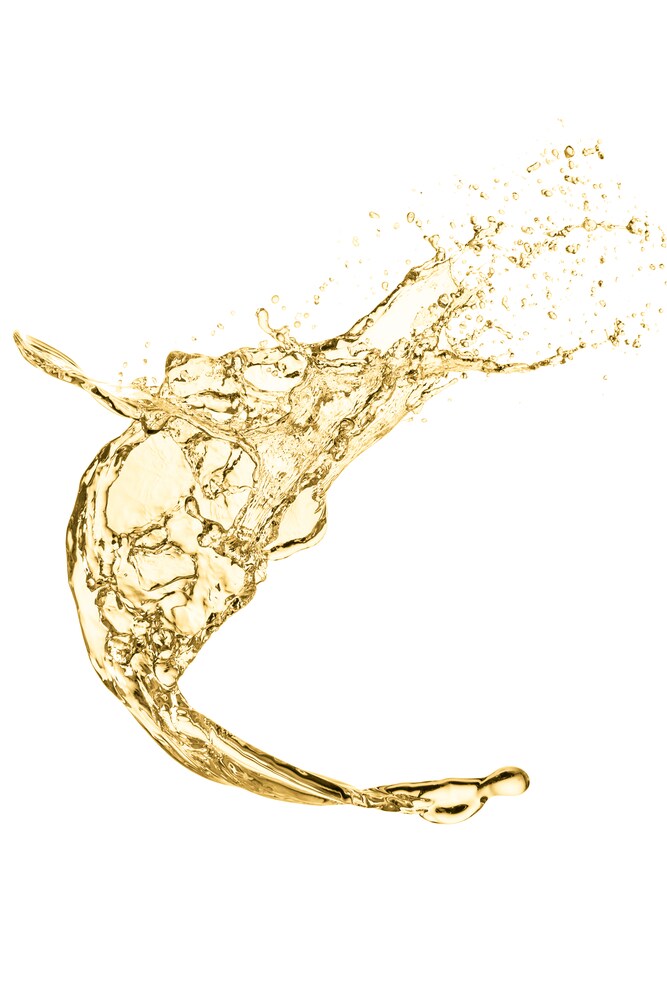 As part of the fining process, wine manufacturers use caseins and caseinates to precipitate phenolics and other flavor-busters from wine. Although these agents, derived from bovine milk, are food grade and approved, the subsequent filtration and decanting steps may still leave sufficient traces to cause reactions in sensitized individuals.
As part of the fining process, wine manufacturers use caseins and caseinates to precipitate phenolics and other flavor-busters from wine. Although these agents, derived from bovine milk, are food grade and approved, the subsequent filtration and decanting steps may still leave sufficient traces to cause reactions in sensitized individuals.
Since June 2012, European Union regulations have required producers to disclose use of caseinates in the manufacturing process so as to protect consumers from potential allergic reactions. Monaci et al., working from previous studies that identified suitable bovine caseinate markers in wine1, sought to develop liquid chromatography-electrospray ionization- high resolution mass spectrometry (LC-ESI-HRMS) as a convenient method that producers and food safety workers could use to detect and quantify residual trace amounts of this food allergen2.
Using water as a blank matrix, the researchers prepared standard solutions of commercially available caseinate. Once prepared, the team digested the standard solutions overnight using trypsin. They subjected the resulting peptide preparations to ultra high performance liquid chromatography (UHPLC) using a Thermo Scientific Accela system equipped with an autosampler. Once separated, they completed the analysis using an Exactive non-hybrid single-stage Orbitrap mass spectrometer (Thermo Scientific), validating the workflow for optimal data acquisition.
Monaci et al. obtained good validation results for their optimized workflow, with good linearity and low limits of detection (LOD) for all four peptide markers identified in their previous study. Furthermore, they obtained good repeatability between runs for within-sample and between-day variability.
Testing their workflow in simulated industry conditions, the researchers turned to assessing peptide marker quantition using Greco di Tufo, a wine produced without using casein as a fining agent, for comparison as matrix-matched samples with the aqueous standards. Although they noted some differences in data, the team found that the workflow successfully quantified and identified the four peptide markers. Commenting on the differences seen, Monaci et al. suggest that matrix effects from the wine could possibly alter the trypsin digestion process.
Finally, testing recovery of caseinates in spiked samples of Greco di Tufo and two other commercial white wines, the team found that the methodology established was sensitive enough to detect caseinate markers in a wine matrix. Selecting concentrations of caseinate comparable to those used in the fining process, the team found good recoveries by LC-ESI-HRMS. Moreover, they obtained lower LODs in the two additional commercial wines, suggesting that the method is even more suitable for caseinate quantitation in highly refined varieties.
Visit the Food and Beverage community for further discussion on food allergens.
References
1. Monaci, L. et al. (2011). “Reliable detection of milk allergens in food using a high-resolution, single-stage mass spectrometer“, Journal of the Association of Official Analytical Chemists 94
2. Monaci, L. et al. (2011). “Towards the quantification of residual milk allergens in caseinate-fined white wines using HPLC coupled with single-stage Orbitrap mass spectrometry“, Food Additives and Contaminants 28(pp.1304–14)


Leave a Reply